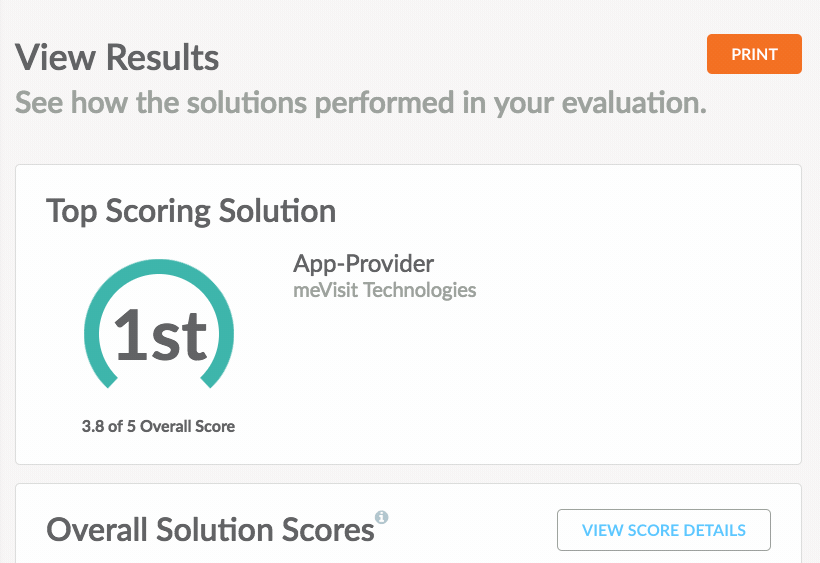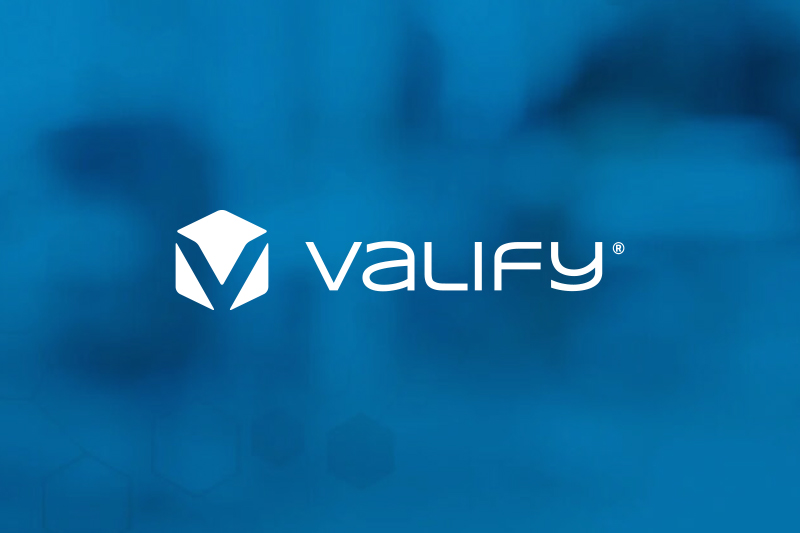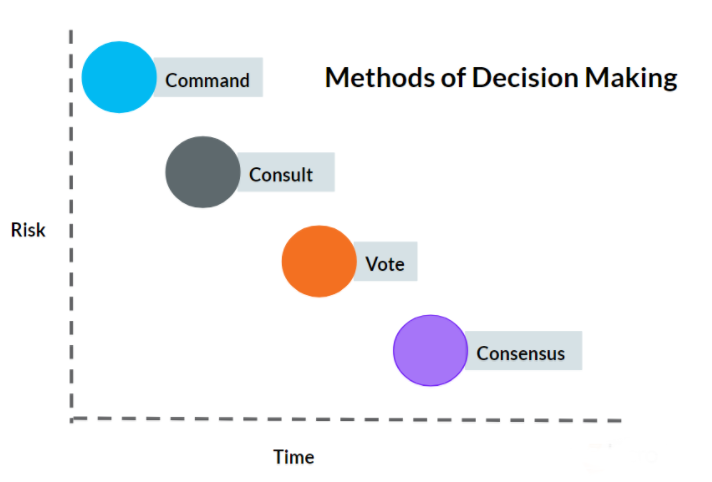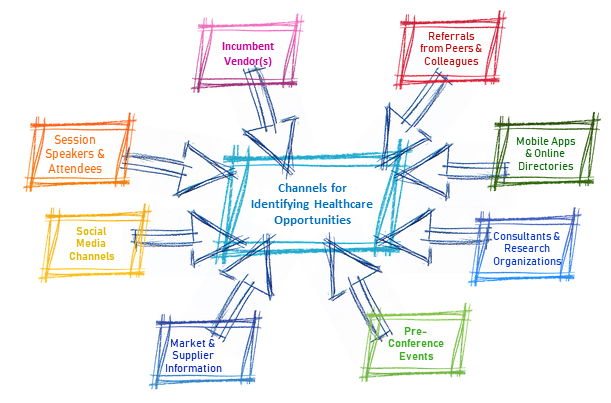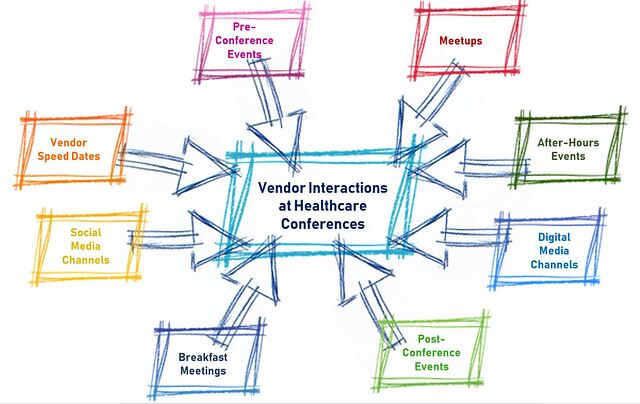Healthcare is notorious for long, crawling purchase cycles, and no process better demonstrates that than an “RFP.” Used to compare and evaluate vendor products and services, this approach was once the gold standard for vendor diligence, but it has come at a price, specifically limiting organizations’ ability to innovate and see faster returns on their purchases.
Speed Up Your RFP Process to Deliver a Solution More Rapidly
Most organizations use a Request for Proposal (RFP) as part of a selection process to solicit vendors for products or services. Historically, this questionnaire format helped organizations manage the complexity of the products evaluated, ensure that a vendor can fulfill its promises, and document the diligence necessary to purchase goods and services. To assemble an RFP the needs from various departments are included as requirements, usually compiled in a spreadsheet, and are sent to vendors to respond. Vendors document their capability to meet those requirements, from which a project owner or selection committee selects the best vendor for their needs.
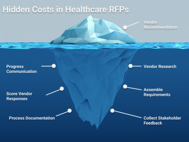

.jpg)

